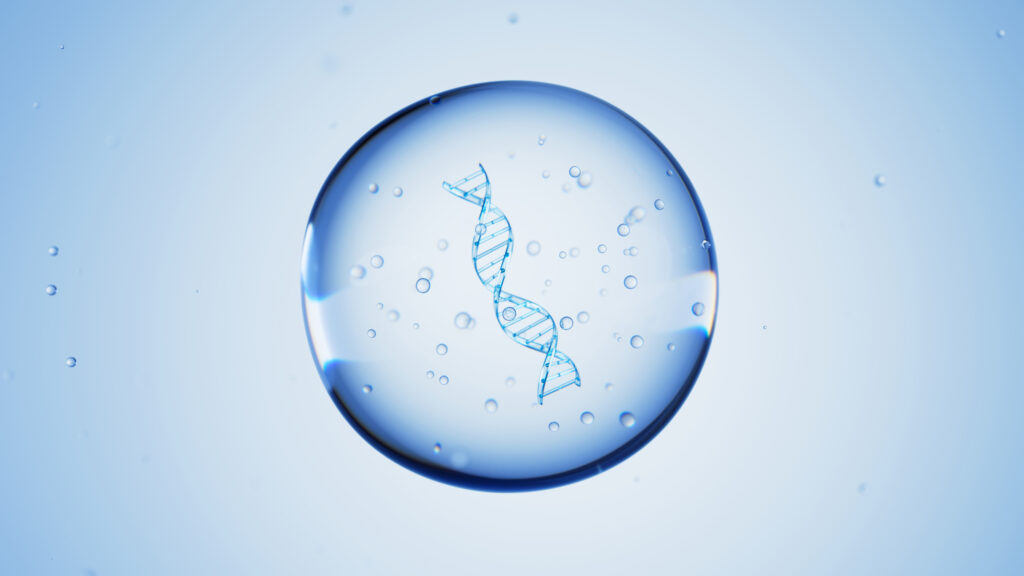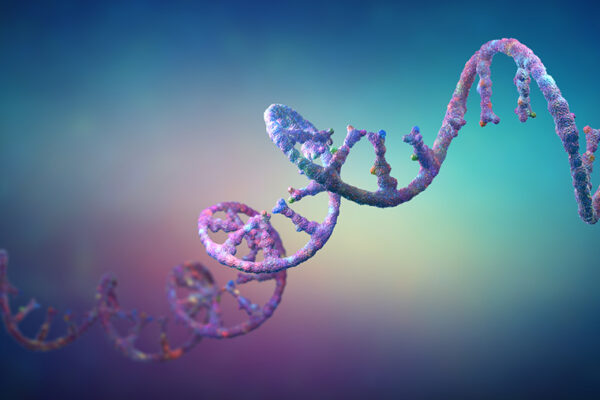
As part of a person’s first line of defense against viruses and other microbes that cause illness and disease, a whole network of proteins and other molecules detect and respond to intruders, which they do in part by sensing the genetic material of the invading pathogens and recognizing it as “not self.” Most immune proteins researchers have identified thus far are able to recognize either intruding DNA or RNA — not both.
Now, a team of researchers led by Siyuan Ding, an assistant professor of molecular microbiology at Washington University School of Medicine in St. Louis, has identified a protein that, in many human cell types, can recognize both double-stranded DNA and RNA in the area inside a cell, where they are not supposed to be, and activate an immune response. The protein, SAMD9, is one of very few molecules that has been found to respond to both of these distinct genetic molecules.
The work was published online April 22 in Nature Communications.
Little was known about SAMD9 previously. The researchers found that mice lacking the mouse version of SAMD9 had a higher viral load and an increased rate of severe viral infections compared to mice with a functional protein. The result revealed a new function of SAMD9 — helping to defend against a range of viral pathogens. Ding suggested that the findings could help pave the way to the development of vaccines with components that activate SAMD9 to increase the immune response stimulated by the vaccine.


